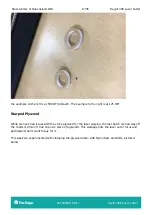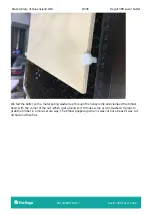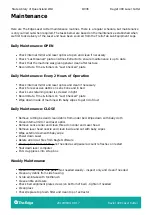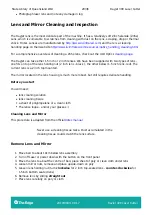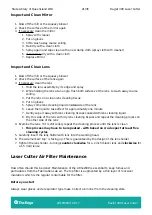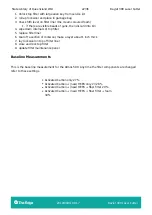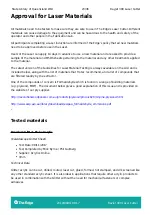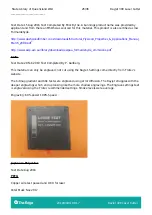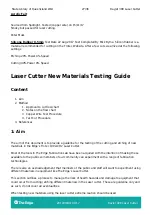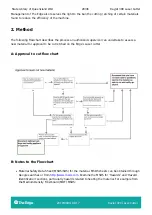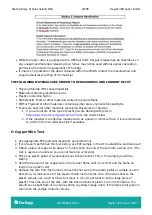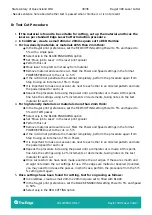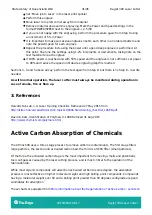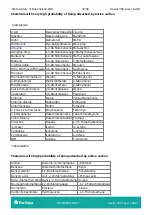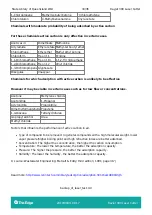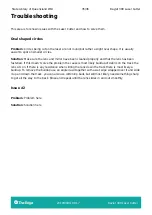
State Library of Queensland Wiki
31/36
Rayjet 300 Laser Cutter
2019/08/01 08:17
Rayjet 300 Laser Cutter
Set ‘Move job to Laser’ in the laser print spooler
Perform this engrave
Move laser to top left corner away from material
Remove material and examine engraving. Mark the Power and Speed settings in the
format POWER/SPEED next to the engrave. i.e. 5/50
If you are not happy with the engraving, perform the procedure again from Step 8 using
an increment of 5% in Power
It is important to make successive engraves next to each other in an ordered pattern and
note the power/speed for each engrave
Repeat the procedure increasing the power until a good deep engrave is performed. At
this point, fine tune the settings using 1-2% increments or decrements, taking note on the
test material for each engrave
If 100% power is reached and with 50% speed and the engrave is not sufficient, set power
to 90% and reduce the speed until desire engraving depth is reached
Sections 3, 4 and 5 above all say 'perform the test again from Step 8, but there is no Step 8 - re-write
needed
As with normal operation, the laser cutter must always be monitored during operation in
case of smoke, fire or flare up
3: References
Harvard Fab Lab, n.d. Laser Training Checklist, Retrieved 27 May 2015 from
http://isites.harvard.edu/fs/docs/icb.topic1198394.files/training_checklist_LASER.pdf
David A. Katz, Identification of Polymers ©1998 Retrived 31 Aug 2015
http://www.chymist.com/polymers.html
Active Carbon Absorption of Chemicals
The Atmos 500 uses a three stage process to remove airborne contaminants. The first stage filters
large particles, the second and activated carbon bed, the third is a HEPA filter (small particles).
Of the three the activated carbon stage is the most important for removing smells and potentially
toxic out-gasses caused by the laser cutting process, and is most critical to the operation of the
fabrication lab.
While most organic compounds will adsorb on activated carbon to some degree, the adsorption
process is most effective on higher molecular weight and high boiling point compounds. Compounds
having a molecular weight over 50 and a boiling point greater than 50 degrees centigrade are good
candidates for adsorption
These charts are adapted from
More information about the Regeneration of Active Carbon - Lenntech

